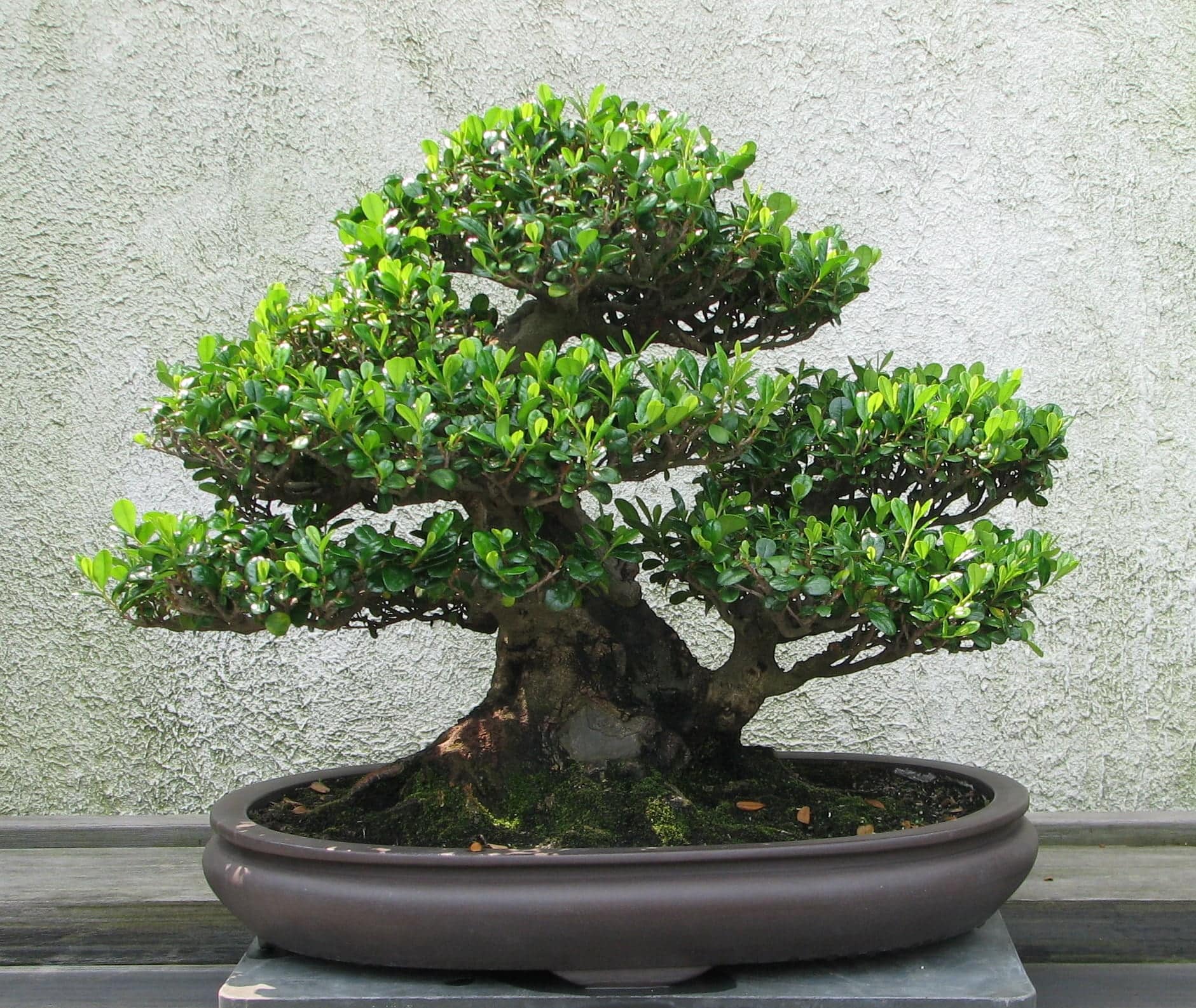The Art and Soul of Bonsai: A Journey Through Its History and Techniques
Key Takeaways:
- Bonsai is an ancient art form originating from the Chinese practice of penjing, which was adopted and refined by the Japanese.
- Cultural Significance: Bonsai is more than just gardening; it’s a profound exercise in patience, precision, and aesthetic beauty, often linked to Zen Buddhism.
- Techniques and Styles: The practice involves complex techniques like pruning, wiring, and grafting, aimed at creating miniature yet realistic representations of nature.
- Historical Evolution: From its royal beginnings to becoming a popular hobby worldwide, bonsai has evolved significantly over centuries.
- Modern Trends: Bonsai continues to captivate with innovations in styles, exhibitions, and global sharing of knowledge and techniques.
Have you ever stumbled upon a bonsai tree and found yourself momentarily lost in its miniature majesty? The intricate twists of its branches, the ancient ruggedness of its bark, and the lush, verdant spread of its leaves are nothing short of mesmerizing. This isn’t just a plant; it’s a living sculpture, a piece of art crafted by hands that are often unseen but always deeply felt.
Bonsai, meaning “tray planting” in Japanese, is an art form that involves growing and shaping miniature trees in containers. It’s a practice that encapsulates the essence of patience, subtlety, and a deep understanding of nature. The roots of bonsai are found in the ancient Chinese art of penjing from which it derived. This tradition reached Japan over a thousand years ago, where it was embraced and refined.
Imagine walking through the misty foothills of Mount Fuji centuries ago, encountering a monk tenderly shaping a tiny pine. This scene captures the deeply spiritual connection between bonsai and Zen Buddhism, which influenced the minimalist aesthetic and philosophical grounding of the art.
The essence of bonsai lies not just in its visual appeal but in its ability to evoke reflection and evoke a sense of peace. Each bonsai is a story of struggle, survival, and beauty, represented through its unique shape and form. These trees are often styled to convey natural elements and forces, such as wind or gravity, influencing their growth.
Creating a bonsai begins with selecting a specimen—be it from a nursery, a cutting, or a seedling. The tree is then meticulously pruned, wired, and repotted over many years, sometimes even decades. The bonsai grower must balance the health of the plant with the aesthetic goals, making decisions on how to shape the tree without compromising its vitality.
In the realm of bonsai, there are several styles, each with its own set of rules and aesthetics. From the formal upright (Chokkan) to the dramatic cascade (Kengai), the variety is vast. Each style is a reflection of nature’s diversity, encapsulated in a small, controlled environment.
Bonsai reached the western consciousness significantly during the 20th century, through cultural exchanges and exhibitions. Today, it is practiced worldwide, with numerous enthusiasts and professionals pushing the boundaries of the art with new techniques and styles.
In a recent conversation with a bonsai master at an exhibition, the depth of connection between a bonsai artist and their trees was evident. “Each tree has its character, its own set of challenges and needs,” he noted. “Working with bonsai is like a dialogue, where I suggest a shape and the tree responds.”
Bonsai is more than just a hobby; it’s a deep, meditative practice that connects us to the natural world on a profound level. It teaches patience, provides a sense of accomplishment, and offers a quiet space in our often hectic lives.
As we look to the future of bonsai, the tradition continues to evolve. With the advent of global forums and social media, knowledge and techniques are shared freely across borders, making it more accessible to newcomers and providing a platform for innovation.
FAQs about Bonsai
1. What is bonsai?
Bonsai is the Japanese art of growing miniature trees in containers, focusing on long-term cultivation and shaping.
2. How do I start a bonsai?
Begin with a suitable tree species and learn basic techniques like pruning, wiring, and repotting. It’s beneficial to join workshops or clubs for guidance.
3. Are bonsai trees natural miniatures?
No, bonsai trees are regular trees that are kept small through pruning and training techniques.
4. How long does it take to grow a bonsai?
Growing a bonsai is a long-term commitment, often taking years or even decades to shape and mature.
5. Can any tree be used for bonsai?
While many trees can be used, species with smaller leaves and adaptable growth habits, such as maples and pines, are preferred for their aesthetic suitability and ease of training.





